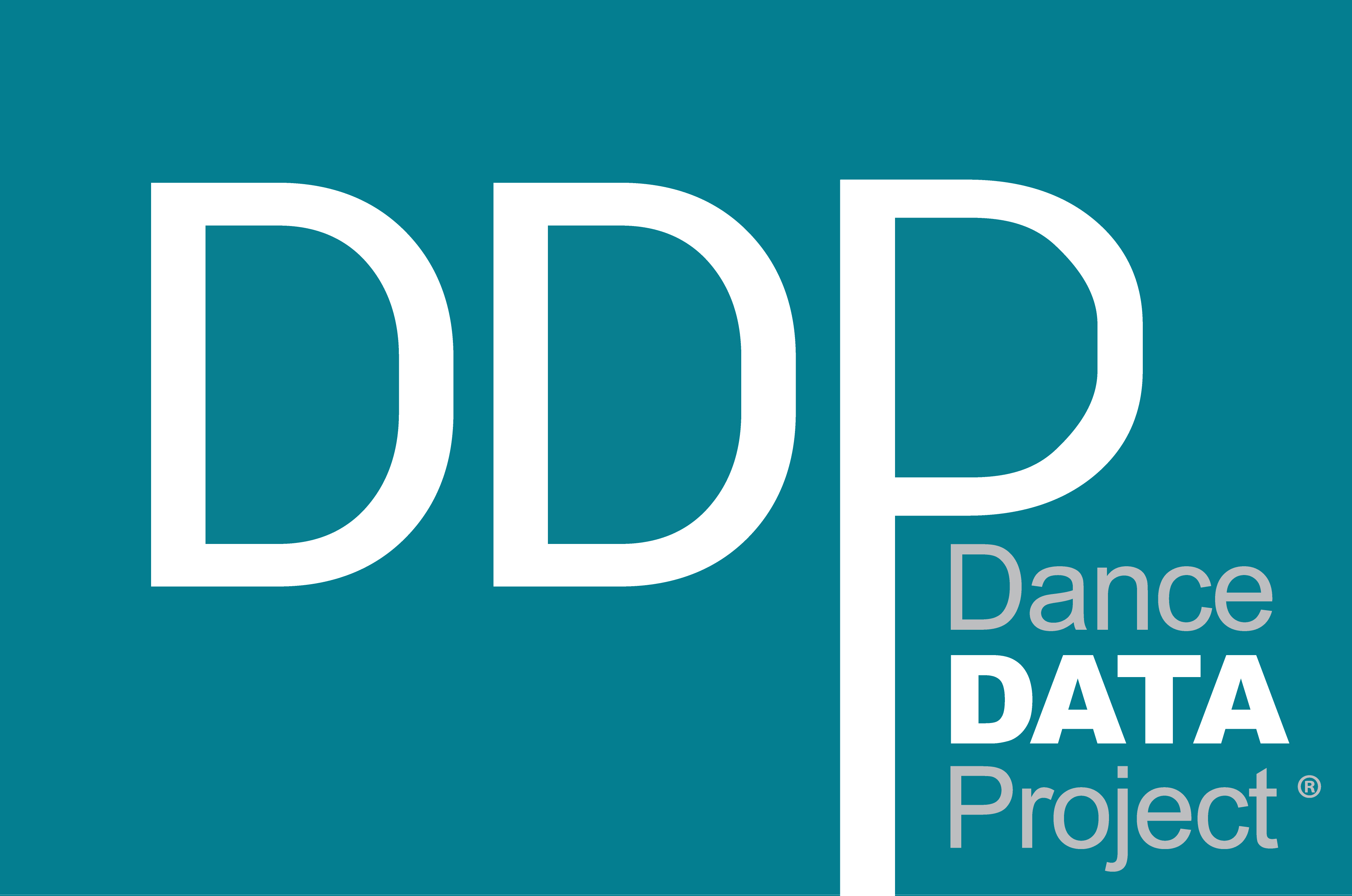Why is the gender pay gap in the arts so large? Widespread discrimination is the most likely cause
Connecting the Dots – #YesThisIsAnArtsStory Repost from The Conversation
Female artists across all areas of the arts experience gender-related disadvantage in pursuing their creative careers, which reflects discriminatory problems affecting women in society more generally.
This is our conclusion after delving more deeply into our 2014-15 data on the incomes of practising professional artists in Australia. Although women are more engaged as consumers and supporters of the Australian arts than men, the total income from all art and non-art sources for the average female artist was $41,600, 25% less than her male counterpart.
When it came to earnings from their creative practice alone, women earned 30% less than men. Across all fields of employment, the national gender pay gap is currently an estimated 14%.
Although accurate data are yet to be obtained for this year, there is no doubt that artists’ incomes generally have plummeted during the pandemic. Given the particularly vulnerable position of women, there are reasons to expect the gender pay gap to have grown even wider.
Possible reasons
In research underway, we are digging more deeply into the possible reasons why such a significant gap exists in the arts.
To some extent, the gender pay gap for artists may be influenced by the same sorts of factors that affect female workers across all labour markets. These include underrepresentation in leadership roles, casualised work arrangements, work/family conflicts, discriminatory hiring practices and prejudice.





